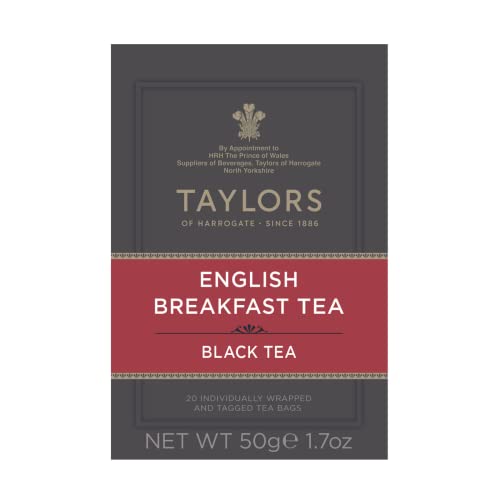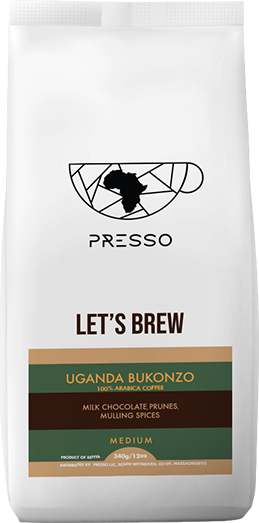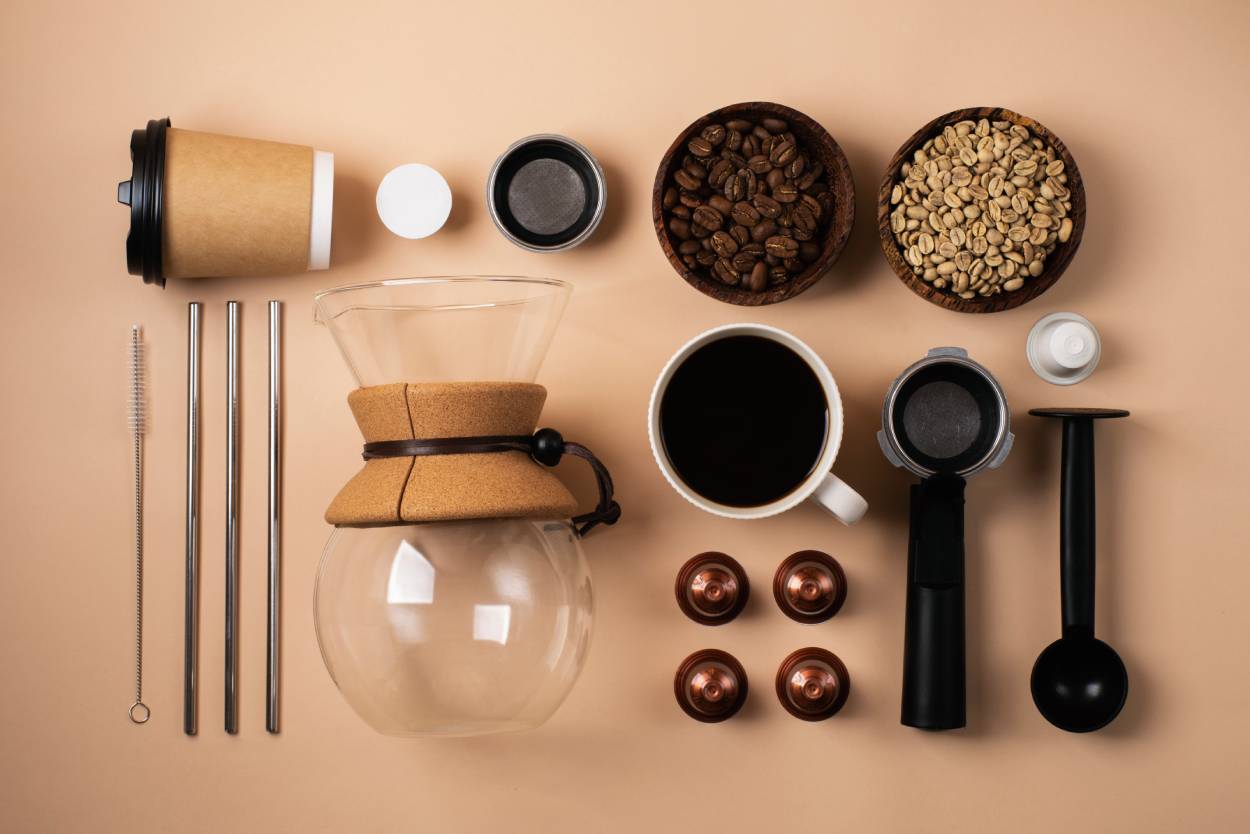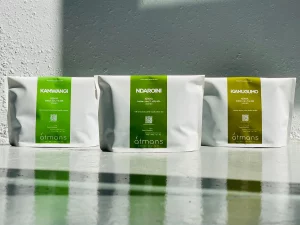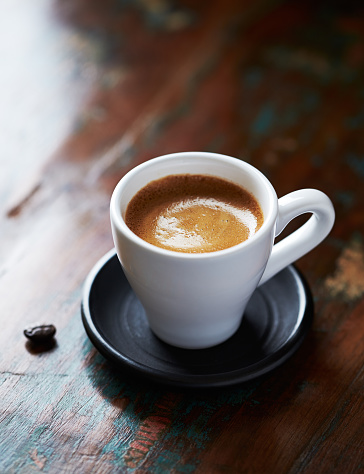
The History of Espresso: How This Iconic Coffee Became a Global Favorite
The History of Espresso: How This Iconic Coffee Became a Global Favorite
- azeem memon
- 20-03-2025
- 26-03-2025
- 1229 views
- Coffee Beans

Few coffee drinks are as iconic as espresso. This rich, bold, and concentrated coffee has become the backbone of many coffee beverages worldwide. Whether you enjoy it as a straight shot or as the base for cappuccinos and lattes, espresso plays a significant role in coffee culture. But how did this small but powerful coffee drink become a global favorite? Let’s take a journey through the history of espresso.
The Origins of Espresso
Espresso traces its roots back to Italy in the early 20th century. Coffee had already been a popular beverage in Europe for centuries, but brewing methods were slow. The need for a faster way to make coffee led to the invention of espresso.
The Birth of the Espresso Machine
In 1901, an Italian inventor named Luigi Bezzera developed the first steam-powered espresso machine. His goal was to create a method that brewed coffee quickly by forcing pressurized water through finely-ground coffee. This process resulted in a richer, more intense coffee compared to traditional brewing methods.
Bezzera’s machine was later improved by Desiderio Pavoni, who perfected the design and made espresso machines more commercially viable. By 1905, the La Pavoni company was producing and selling espresso machines in Italy, laying the foundation for modern espresso culture.
Espresso’s Rise in Popularity
Espresso quickly became popular in Italian cafés, where customers could enjoy a quick and flavorful coffee on the go. By the mid-20th century, espresso culture was spreading beyond Italy.
The Invention of the Lever Machine
In 1945, Achille Gaggia revolutionized espresso-making by introducing the first lever-operated espresso machine. This new technology allowed for greater control over pressure, resulting in crema—the golden layer of foam on top of an espresso shot. Crema became a hallmark of quality espresso and made the drink even more appealing.
Espresso Goes Global
With Italian immigrants moving to different parts of the world, espresso spread to Europe, the United States, and beyond. The rise of coffeehouses and specialty cafés in the 20th and 21st centuries further fueled espresso’s popularity.
Espresso’s Role in Modern Coffee Culture
Today, espresso is a staple in coffee shops worldwide. It serves as the foundation for numerous beloved coffee drinks, including:
- Cappuccino – A blend of espresso, steamed milk, and foam.
- Latte – A smooth combination of espresso and steamed milk.
- Americano – Espresso diluted with hot water for a milder taste.
- Macchiato – Espresso with a small amount of frothy milk.
- Mocha – Espresso with chocolate and milk, creating a sweet, indulgent drink.
Espresso is also the heart of third-wave coffee culture, where emphasis is placed on bean quality, roast profiles, and precise brewing techniques.
Why Espresso Stands Out
- Speed – It brews in just 25-30 seconds, making it a quick and efficient caffeine fix.
- Richness – The high-pressure extraction method brings out deep flavors and aromas.
- Versatility – It can be enjoyed on its own or as a base for a wide range of coffee beverages.
- Caffeine Kick – Despite its small size, espresso packs a powerful punch of caffeine.
Conclusion
Espresso has come a long way from its early days in Italy to becoming a global coffee phenomenon. Whether you enjoy it as a quick shot or as part of a creamy latte, espresso remains a symbol of quality coffee. The next time you sip on an espresso, remember its rich history and the innovations that made it possible!










